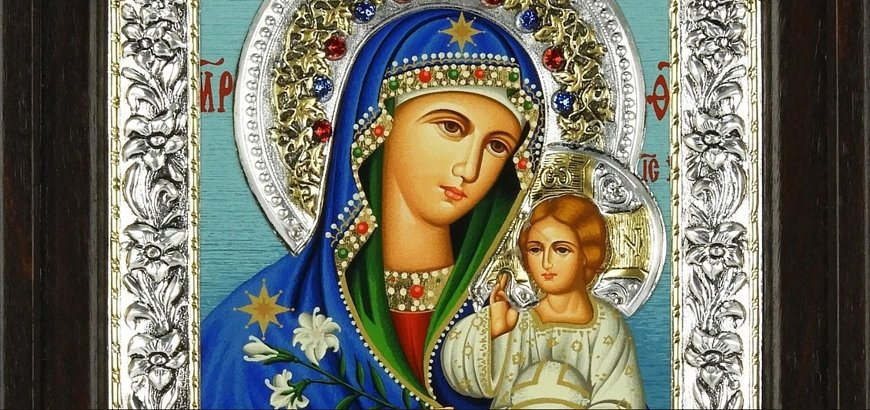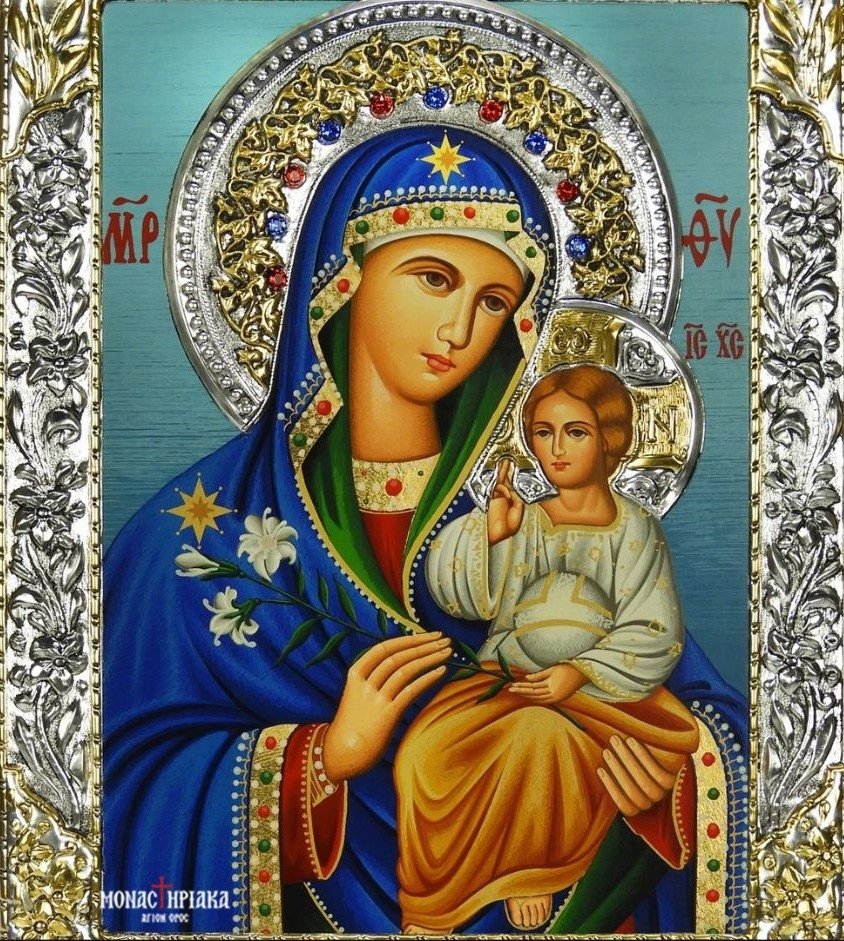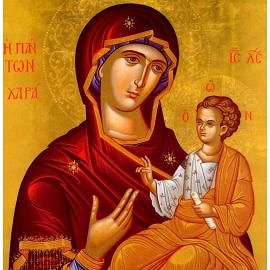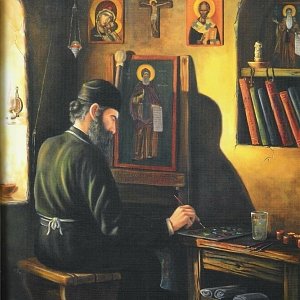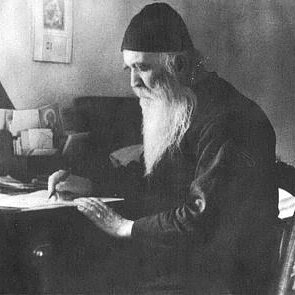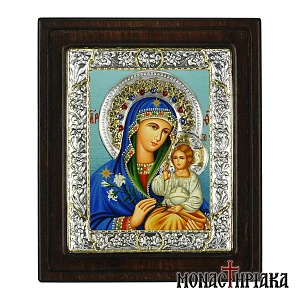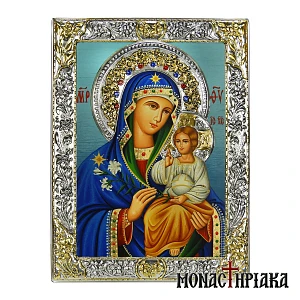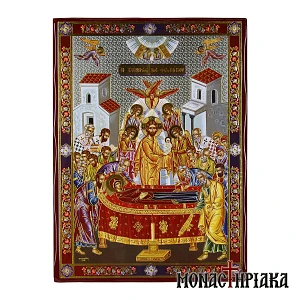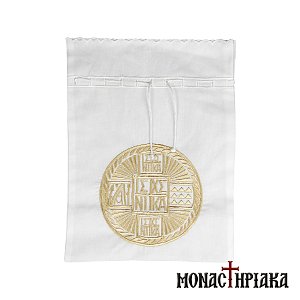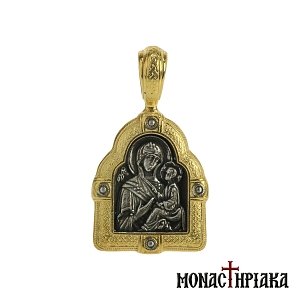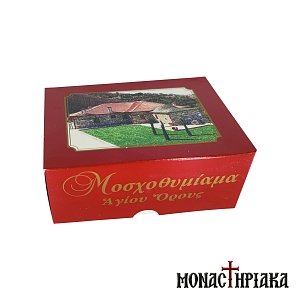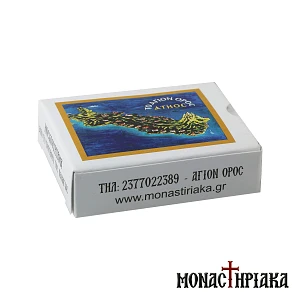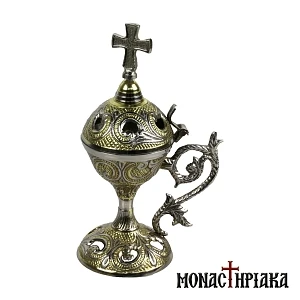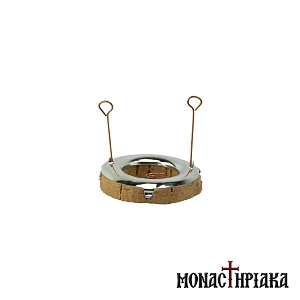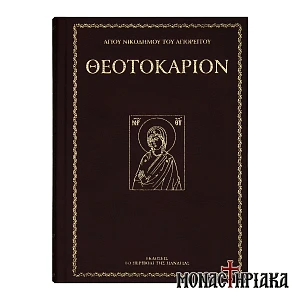Why the Virgin Mary of the Lilies is called ‘Panagia Gravaliotissa’
The Virgin Mary of the Lilies received the name 'Gravaliotissa' due to the miraculous way in which the holy icon was revealed at the village Pastra of Kefalonia.
The miraculous discovery of the icon
Around 1702 AD, specifically in early August, preparations for the new harvest began. By order of the local lord, Konte Lianou, all the farmers started to cultivate their vineyards.
As the farmers were cutting off the wild weeds with their rakes, known as ‘grava’ on the island, a piece of wood got stuck in one farmer’s rake. In his attempt to take it off, the farmer realized it was an icon of the Virgin Mary!
The servant, who was shocked by this event, ran to inform Konte Lianou. Konte Lianou, being very busy with his work and his daughter, who was confined to a wheelchair, ordered the servant to take the icon to the Church of Saint Demetrius.
Find here: Icons with Saint Demetrius.
The Dream of Konte Lianou with the Virgin Mary
That same night, however, Konte Lianou dreamt of the Virgin Mary saying to him, “Why did you take me from my home?”. Without wasting a moment, Konte went to the church, where the holy icon was and brought it to his home.
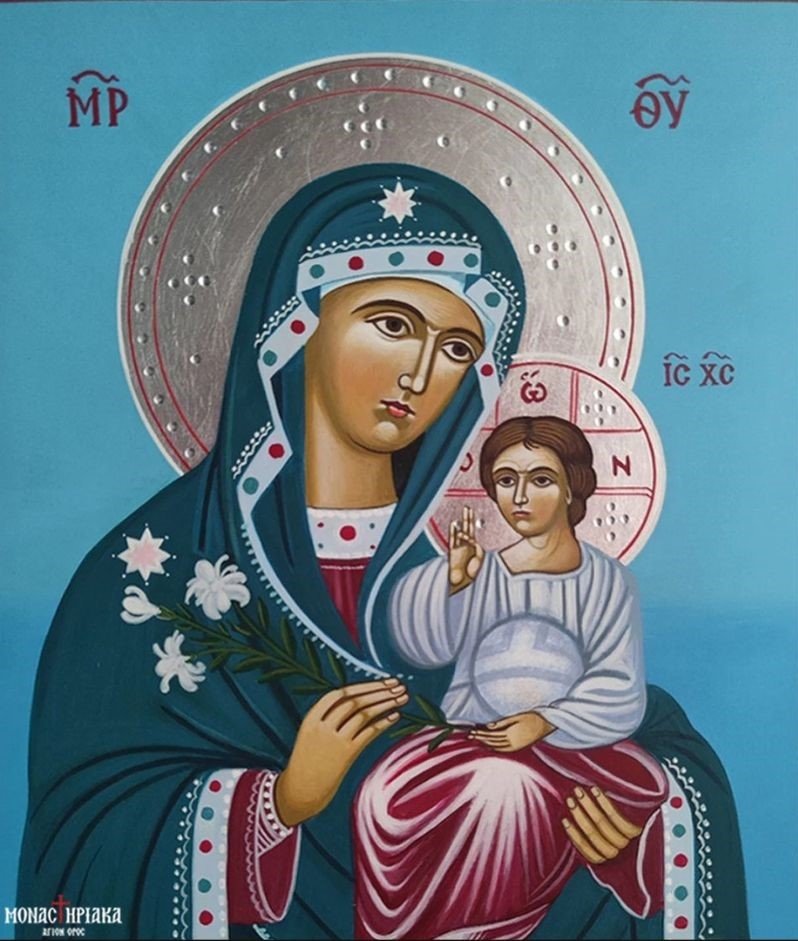
The miracle of the Icon
Upon returning home, Konte witnessed a remarkable miracle. When his daughter saw the holy icon of the Virgin Mary, she stood up on her feet and, with slow steps, approached the holy icon to worship it.
Find here: Hand Painted Byzantine Icons with the Virgin Mary of Lilies.
The miracle that repeats every year
After this miracle, Konte decided to build a church in honor of the Virgin Mary at the place, where the holy icon was found. From then until today, every year on the Feast of the Assumption, dry lilies miraculously bloom. Then, the women of the village take the blooming lilies and place them in their homes for a blessing.
How the lilies bloom at the church
The process leading up to the blooming of the dried lilies begins within the year. The women of the village plant bulbs of lilies both in the churchyard of the Dormition of the Theotokos and in various flowerbeds.
In May, the lilies bloom and the women gather them into bouquets, placing them at the holy icon of the Virgin Mary of the Lilies. Over the following days, naturally, the bouquets begin to dry.
As soon as August 1st arrives, the Prayers - Paraklesis to the Theotokos commence, and by August 15th, on the Feast of the Dormition of the Theotokos, even the dried lilies come into bloom. Following the Divine Liturgy of the Dormition of the Theotokos, the priest distributes the bouquets with the lilies to all the faithful that are present in the church.
On the eve of the Feast of the Dormition of the Theotokos, following the vespers, various cultural events are organized in honor of the Virgin Mary of the Lilies or Gravaliótissa. These events take place in the courtyard of the Holy Monastery of Theotokos and are attended by many faithfuls.
Find here: Hand Painted and Silver Byzantine Icons with the Virgin Mary of Lilies.
